
Enforce SAS code standards using SASjs and GitHub Actions to maintain secure, readable, and maintainable code. Automated linting blocks non-compliant code from merging into protected branches.

Enforce SAS code standards using SASjs and GitHub Actions to maintain secure, readable, and maintainable code. Automated linting blocks non-compliant code from merging into protected branches.

This article was written based off an interview. In the competitive world of data analytics, achieving a perfect score on the SAS certification exam is a remarkable feat. Dr. Jayeshkumar Kanani, a resolute data enthusiast from the Surat Municipal Institute of Medical Education and Research (SMIMER), recently accomplished this milestone.
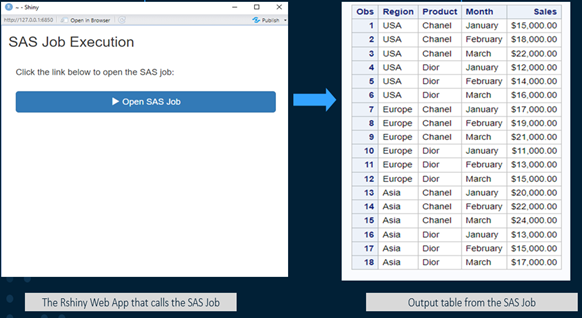
In the SAS 9.4 world, SAS Stored Processes (STP) were incredibly popular. An STP is a SAS program that is stored on a server and can be executed as required by requesting applications. On SAS 9.4, they were widely used for web reporting, analytics, building web applications, delivering packages to customers and publishing results to channels or repositories.
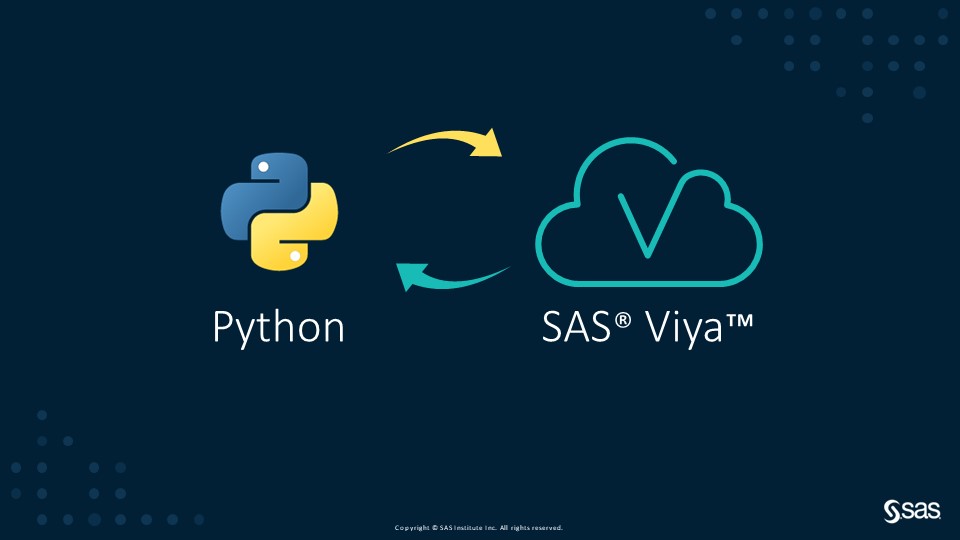
Welcome to the continuation of my series Getting Started with Python Integration to SAS Viya. Given the exciting developments around SAS & Snowflake, I'm eager to demonstrate how to effortlessly connect Snowflake to the massively parallel processing CAS server in SAS Viya with the Python SWAT package. If you're interested
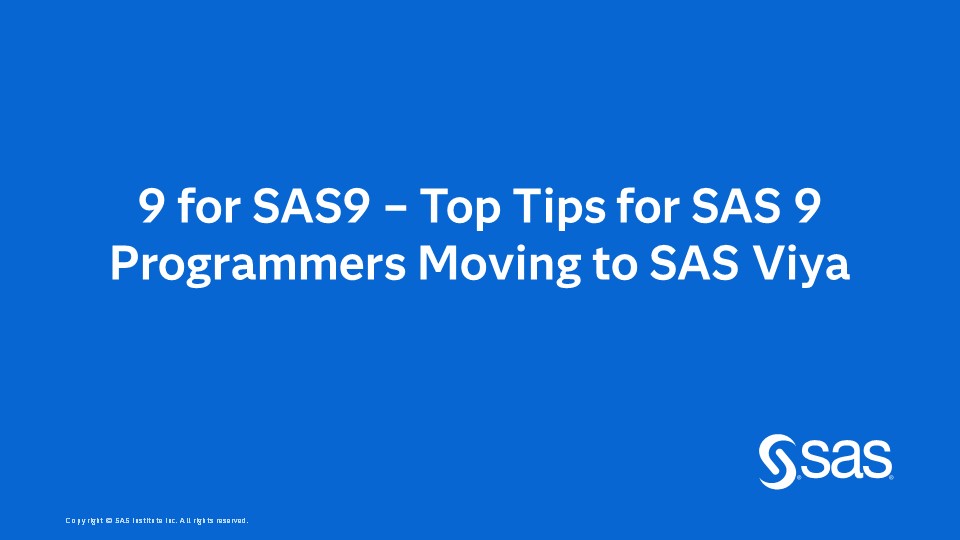
Transitioning from SAS9 to SAS Viya can be uncertain for SAS programmers. Whether your organization is making the move and you’re curious about your current SAS analytical workflows, or you're contemplating moving to SAS Viya and concerned about its impact on your SAS expertise and programs. The hesitation is understandable.
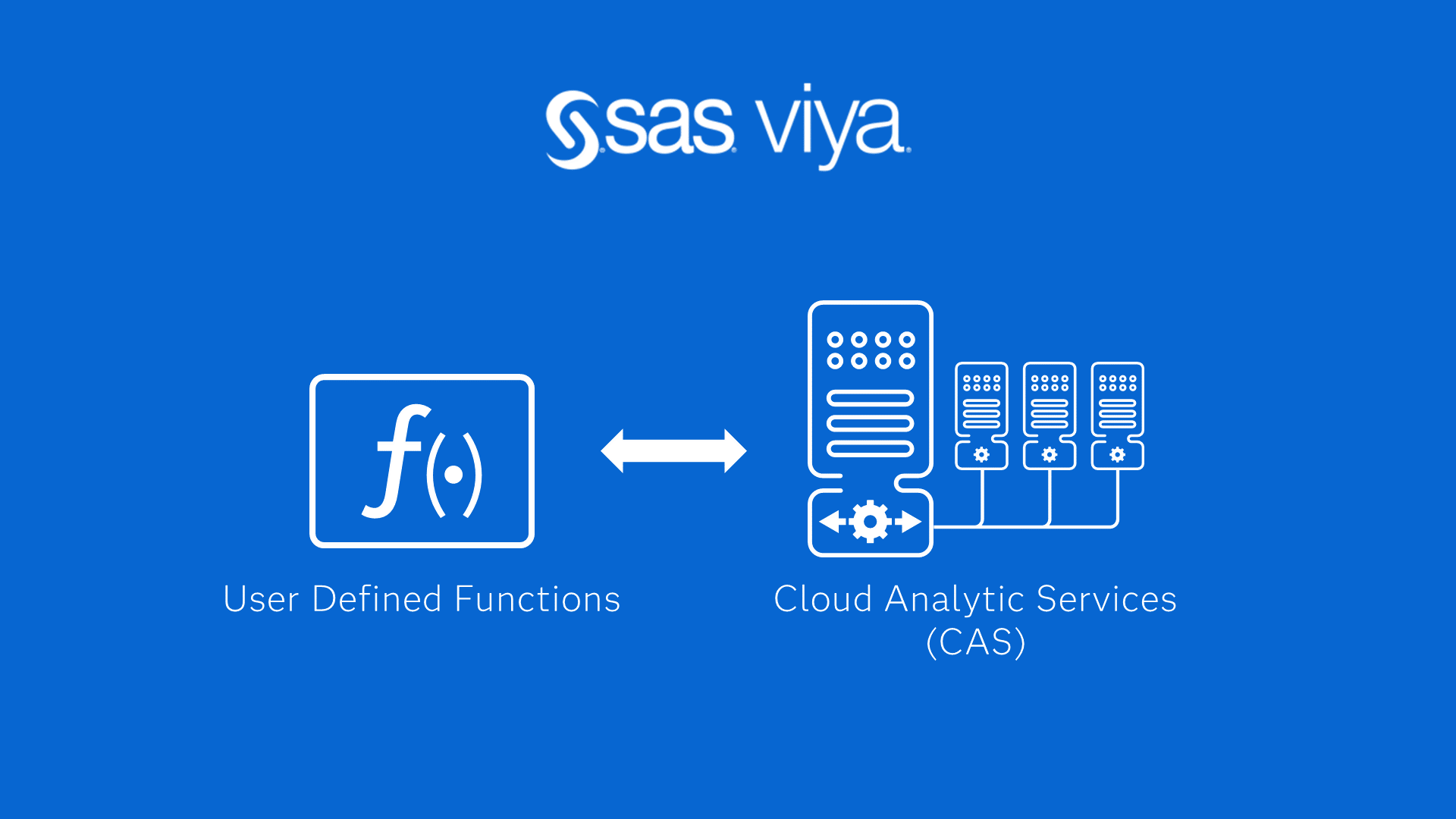
Welcome back to my SAS Users blog series CAS Action! - a series on fundamentals. In this post, I'll show how to create user defined functions (UDFs) for the distributed CAS server using SAS and CASL code. Once the UDF is created, you can use it on the CAS server with programming

Welcome to the continuation of my series Getting Started with Python Integration to SAS Viya. In this post I'll show how to create user defined functions (UDFs) for the distributed CAS server using the SWAT package. Once the UDF is created you can use it on the CAS server with programming
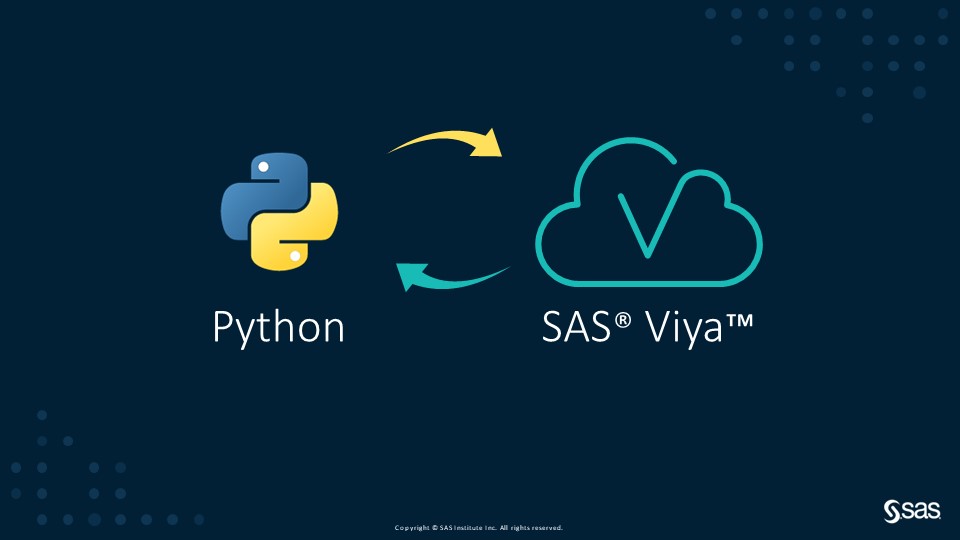
Welcome to the continuation of my series Getting Started with Python Integration to SAS Viya. In this post I'll show how to impute missing values in a distributed CAS table using the fillna method from the Pandas API in the SWAT package and the impute CAS action. Load and prepare data

Welcome to the continuation of my series Getting Started with Python Integration to SAS Viya. In this post I'll discuss how to remove duplicate rows from a distributed CAS table using the both the Pandas API in the SWAT package and the native CAS action. The Pandas API drop_duplicates method was

Welcome to the continuation of my series Getting Started with Python Integration to SAS Viya. In this post I'll discuss how to load multiple CSV files into memory as a single table using the loadTable action. Load and prepare data on the CAS server To start, we need to create multiple

Welcome to the continuation of my series Getting Started with Python Integration to SAS Viya. In this post I'll discuss how to update rows in a distributed CAS table. Load and prepare data in the CAS server I created a script to load and prepare data in the CAS server. This

Welcome to the continuation of my series Getting Started with Python Integration to SAS Viya. In this post I'll discuss saving CAS tables to a caslib's data source as a file. This is similar to saving pandas DataFrames using to_ methods. Load and preview the CAS table First, I imported the

Welcome to the continuation of my series Getting Started with Python Integration to SAS Viya. In this post I'll discuss how to execute SQL with the Python SWAT package in the distributed CAS server. Prepare and load data to the CAS server I created a Python function named createDemoData to prepare

Welcome to the continuation of my series Getting Started with Python Integration to SAS Viya. In this post I'll discuss how to count missing values in a CAS table using the Python SWAT package. Load and prepare data First, I connect my Python client to the distributed CAS server and named

Welcome to the continuation of my series Getting Started with Python Integration to SAS Viya. In this post I'll discuss how to bring a distributed CAS table back to your Python client as a DataFrame. In this example, I'm using Python on my laptop (Python client) to connect to the

Welcome to the continuation of my series Getting Started with Python Integration to SAS Viya. In previous posts, I discussed how to connect to the CAS server, how to execute CAS actions, and how your data is organized on the CAS server. In this post I'll discuss loading client-side CSV files into

Welcome to the continuation of my series Getting Started with Python Integration to SAS Viya. In previous posts, I discussed how to connect to the CAS server, working with CAS actions and CASResults objects, and how to summarize columns. Now it's time to focus on how to get the count of unique values

SAS expert Leonid Batkhan demonstrates how to automatically replicate/clone metadata users’ groups and roles from one user to another.
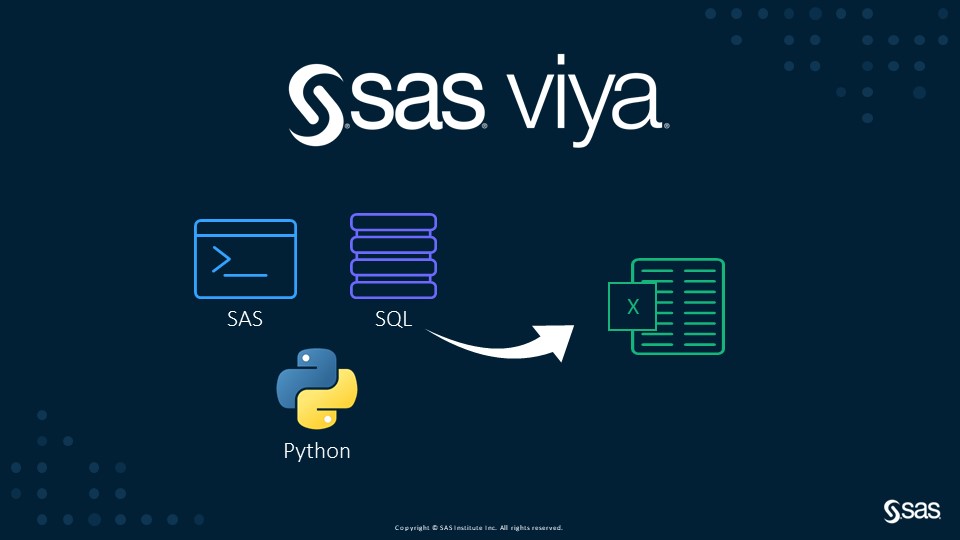
The addition of the PYTHON procedure and Python editor in SAS Viya enables users to execute Python code in SAS Studio. This new capability in SAS Viya adds another tool to SAS's existing collection. With this addition I thought, how can I utilize this new found power? In this example,

Leonid Batkhan reveals programming technique to build adaptive SAS programs to facilitate transition between various environments for a smoother SDLC.

Welcome to the continuation of my series Getting Started with Python Integration to SAS Viya. In previous posts, I discussed how to connect to the CAS server, how to execute CAS actions, and how to summarize columns. Now it's time to focus on how to rename columns in CAS tables. Load and explore data

Group and aggregate CAS tables Welcome to the continuation of my series Getting Started with Python Integration to SAS Viya. In previous posts, I discussed how to connect to the CAS server, how to execute CAS actions, and how to summarize columns. Now it's time to focus on how to group and aggregate CAS

Leonid Batkhan shows you how to write Windows batch scripts that allow for conditional execution and effective job scheduling.

Welcome to the continuation of my series Getting Started with Python Integration to SAS Viya. In previous posts, I discussed how to connect to the CAS server, how to execute CAS actions, and how to filter CAS tables. Now it's time to focus on how to summarize columns. Load and explore data Let's first load

SAS' Kevin Russell compares how you order your data with a BY statement in SAS 9.4 versus in CAS using the ADDROWID data set option in SAS Viya.

Welcome to the continuation of my series Getting Started with Python Integration to SAS Viya. In previous posts, I discussed how to connect to the CAS server, how to execute CAS actions, and how to filter CAS tables. Now it's time to focus on creating calculated columns on a CAS table. Load and explore

Veteran SAS user Leonid Batkhan introduces you to open-source SASjs framework.

The Missionaries and Cannibals Problem (MCP) is a classic river-crossing logic puzzle. With SAS, we can solve this problem, visualize the solutions with SAS NETDRAW procedure and generate steps for any MCP problems.

SAS' Mark Jordan shows you how to modify data using PROC SQL, PROC DATASETS and SAS macros.

This article introduces how to solve the pirate game with a recursive solving algorithm in SAS, and how to analyze and visualize the law behind the complex logic of the pirate game. If you join in a pirate game next time, you can know your destiny ahead of time to reap the benefits and avoid getting killed.